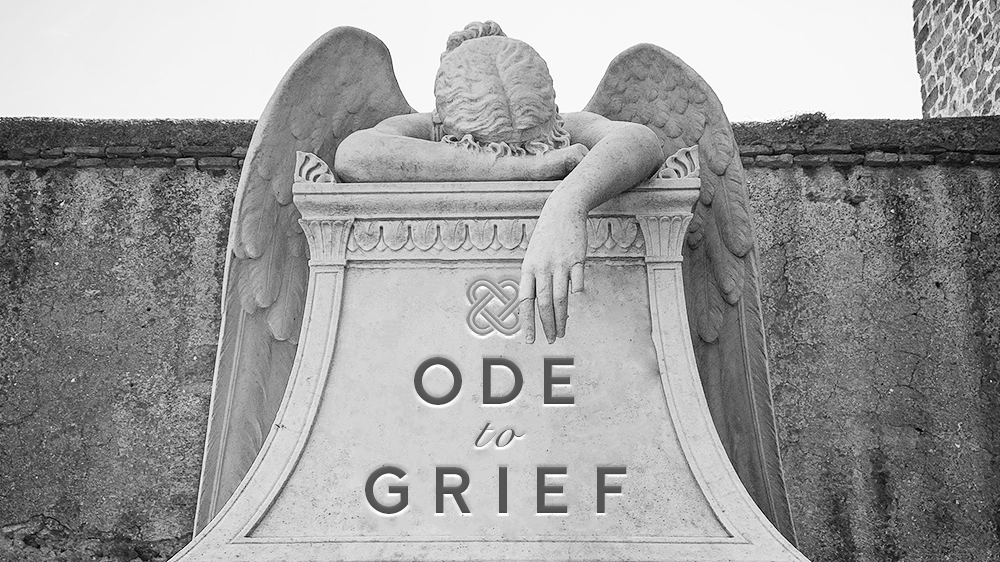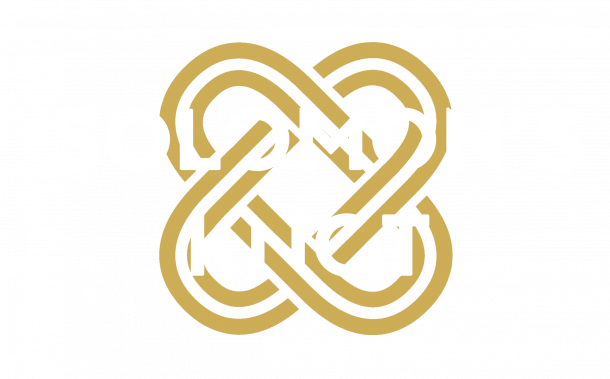JS Bach
Trauerode: Lass, Fürstin, lass noch einen Strahl BWV 198
Köthener Trauermusik: Klagt, Kinder, klagt es aller Welt BWV 1143 / 244a [reconstruction by Chad Kelly]
In 2025, Solomon’s Knot explore the anatomy of an 18th-century approach to grief, in the hands of Johann Sebastian Bach and two poets, Johann Christoph Gottsched und Christian Friedrich Henrici. Bach was commissioned by the University of Leipzig to compose a funeral cantata for Christiane Eberhardine, Electress of Saxony and wife of Augustus II the Strong, in 1727. Eberhardine was famed for her steadfast commitment to her Protestant faith, despite her husband and son converting to Catholicism. Neither attended her Lutheran funeral at the University Church. Bach’s music, coloured by the subdued and mournful tones of flutes and violas da gamba, reflecting Christiane’s “art of dying”, which is praised in the heartfelt text.
Two years later, Bach was called upon to write the music for a much more personal event. His former employer in Köthen, Prince Leopold, died of smallpox at the age of 33 in late 1728. Only the libretto for Bach’s funeral music survives, penned by Henrici, the poet of the St Matthew Passion. Leopold was a keen gamba player, and from the structure of the text we can be confident that Bach used music from the Leipzig Kantate zum akademischen Trauerfestakt for his Köthener Trauermusik to accompany Leopold’s eventual burial in March 1729. The other clear source for the music was the early version of the Matthew Passion, the first performance of which took place around that time. The most familiar and beloved arias from the Matthew Passion appear in a strikingly new, worldly context.
Solomon’s Knot have called upon their long-time keyboard player and prize-winning musicologist Chad Kelly to create a new reconstruction of the Trauermusik, composing additional accompanied recitatives and fugal choruses as required. It will receive its world premiere at Wigmore Hall in May 2025 and will be recorded live for CD in Regensburg in June by Deutschlandfunk.
Hearing these two works side by side will offer a fascinating insight into Bach’s ‘parody’ process, where the secular and sacred worlds were never far apart. Religion suffused everyday life, and the emotional response to spiritual themes was just as strong as to worldly ones.


